Rising E-commerce Demand
The surge in e-commerce activities has a profound impact on the Dry Van Container Market. As online shopping continues to gain traction, the need for efficient logistics and transportation solutions becomes increasingly critical. In 2025, e-commerce sales are projected to reach approximately 6 trillion USD, necessitating a robust supply chain infrastructure. Dry van containers, known for their versatility and capacity to transport a wide range of goods, are essential in meeting this demand. The growth of last-mile delivery services further emphasizes the importance of dry van containers in ensuring timely and secure deliveries. This trend indicates a sustained increase in the utilization of dry van containers, thereby driving the market forward.
Infrastructure Development
Infrastructure development plays a pivotal role in shaping the Dry Van Container Market. Investments in transportation networks, including roads, railways, and ports, enhance the efficiency of logistics operations. In recent years, various countries have allocated substantial budgets for infrastructure upgrades, which are expected to exceed 1 trillion USD by 2025. Improved infrastructure facilitates smoother movement of goods, reducing transit times and costs. Consequently, the demand for dry van containers is likely to rise as businesses seek to optimize their supply chains. Enhanced connectivity between manufacturing hubs and distribution centers further underscores the necessity for reliable transportation solutions, positioning dry van containers as a key component in the evolving logistics landscape.
Technological Advancements in Logistics
Technological advancements are reshaping the Dry Van Container Market in various ways. Innovations such as IoT-enabled tracking systems and automated loading processes are enhancing operational efficiency. In 2025, the integration of technology in logistics is expected to increase productivity by approximately 20%. These advancements allow for real-time monitoring of shipments, reducing the risk of loss or damage. As companies increasingly adopt these technologies, the demand for modern dry van containers equipped with smart features is likely to rise. This trend indicates a shift towards more sophisticated logistics solutions, positioning dry van containers as essential assets in the evolving landscape of transportation.
Sustainability and Environmental Concerns
Sustainability and environmental concerns are becoming increasingly relevant in the Dry Van Container Market. As businesses strive to reduce their carbon footprints, there is a growing emphasis on eco-friendly transportation solutions. The market for sustainable logistics is projected to grow by 25% by 2025, driven by consumer demand for greener practices. Dry van containers made from recyclable materials and designed for energy efficiency are gaining traction. Companies that prioritize sustainability are likely to invest in these containers to align with their corporate social responsibility goals. This shift towards environmentally conscious practices not only enhances brand reputation but also drives innovation within the dry van container market.
Regulatory Compliance and Safety Standards
The Dry Van Container Market is significantly influenced by regulatory compliance and safety standards. Governments worldwide are increasingly implementing stringent regulations to ensure the safe transportation of goods. Compliance with these regulations often necessitates the use of high-quality dry van containers that meet specific safety and durability criteria. In 2025, it is anticipated that the enforcement of these regulations will lead to a 15% increase in demand for compliant containers. This trend not only enhances safety but also fosters consumer confidence in the logistics sector. As businesses strive to adhere to these standards, the demand for advanced dry van containers equipped with safety features is likely to grow, thereby propelling the market.


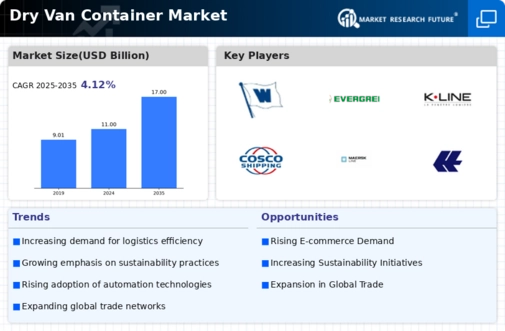
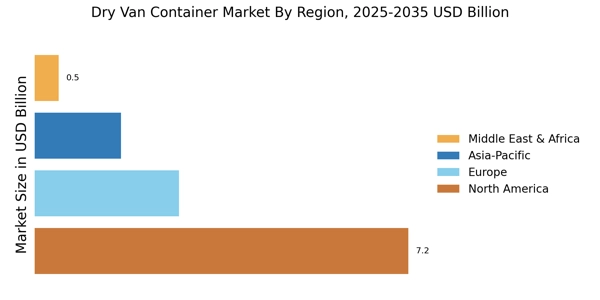


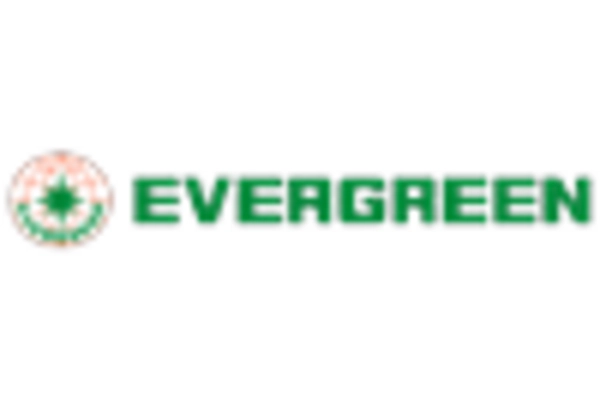
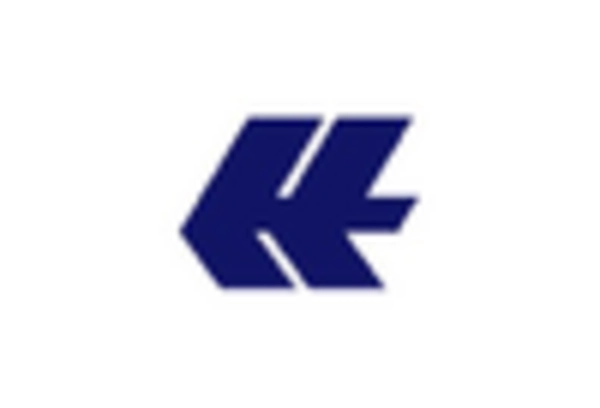
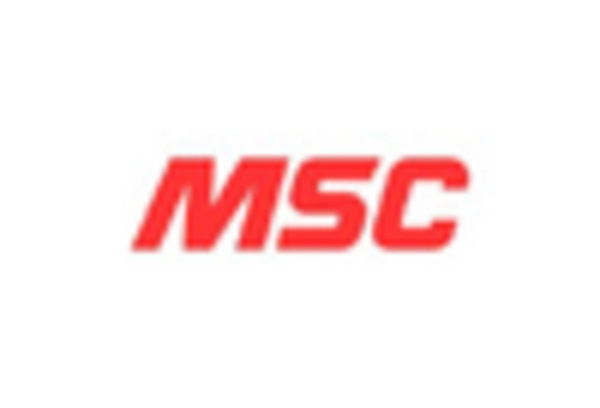









Leave a Comment